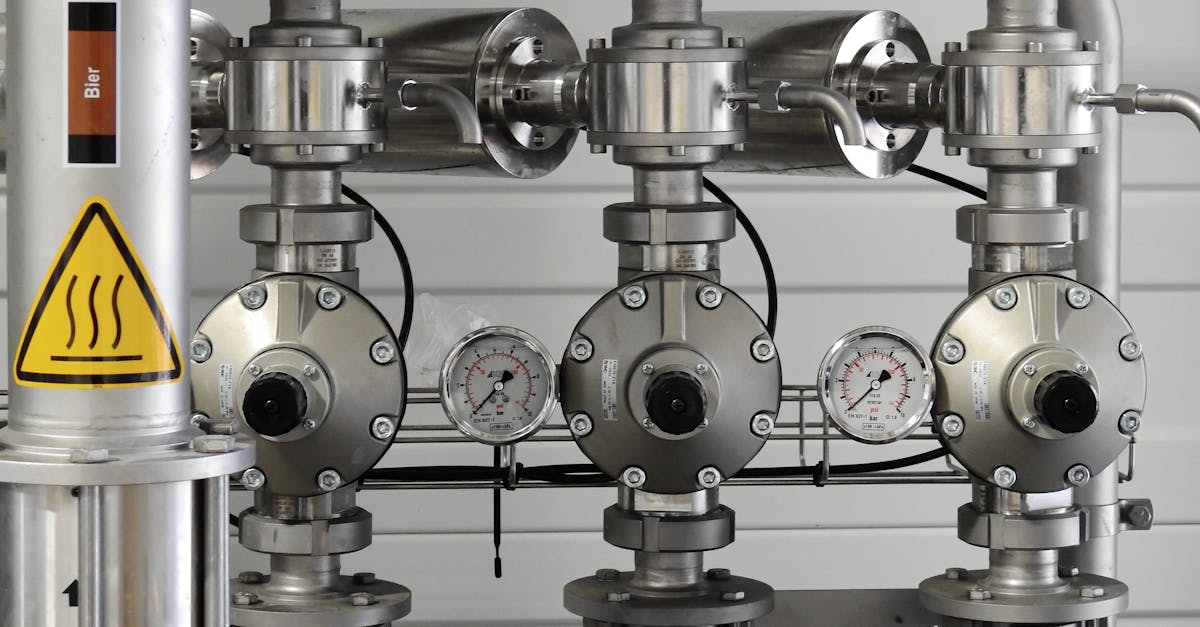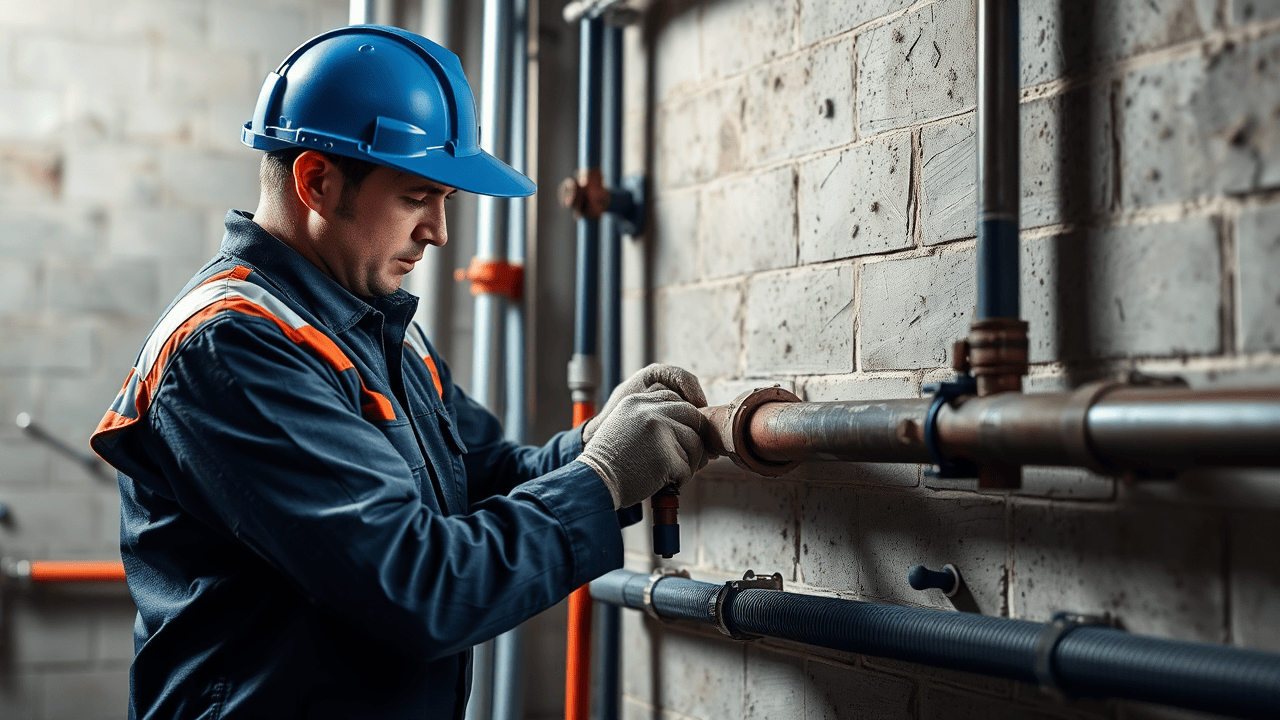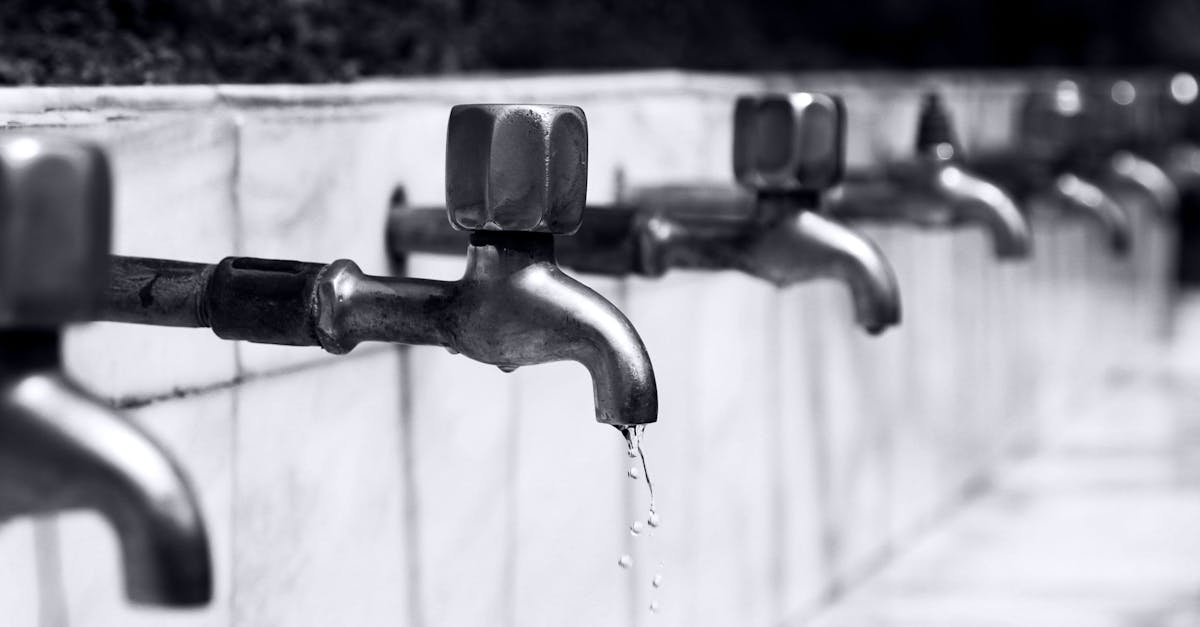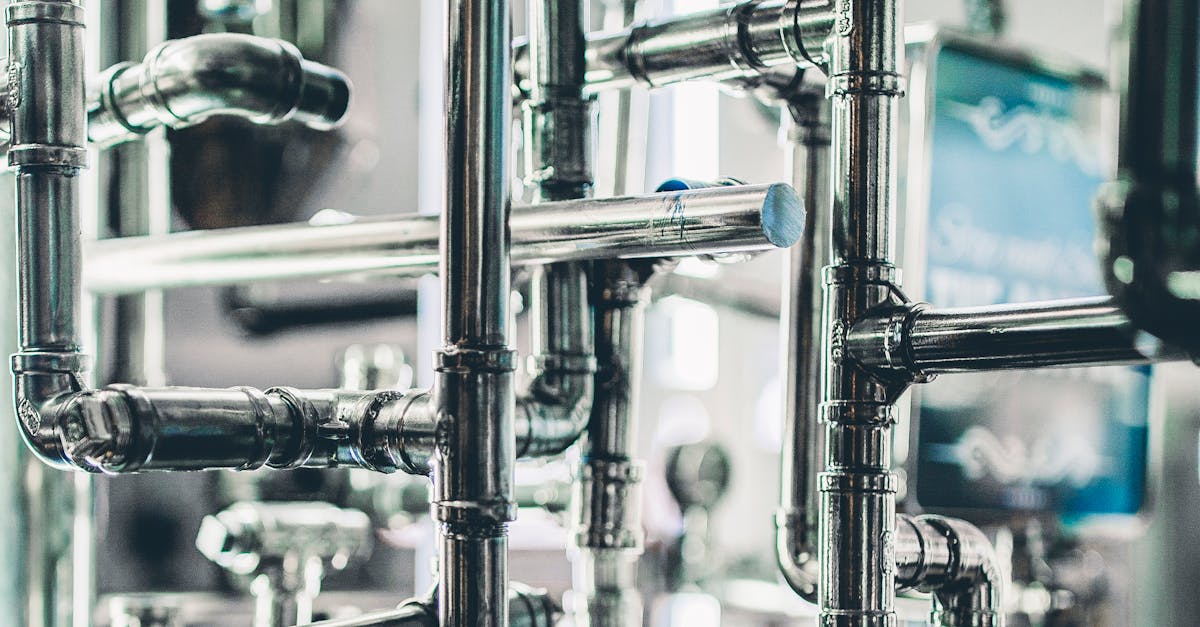
Pipe Fitting Techniques
Pipe fitting techniques involve various methods that ensure secure and efficient connections between different sections of piping. Techniques such as welding, soldering, and threaded connections are commonly utilized. Each method serves specific needs depending on the materials involved and the application. Understanding these techniques is crucial, as it affects the overall durability and functionality of the plumbing system.
Pipe installation and repair in residential or commercial settings often require specialized skills and knowledge of the materials used. For example, PVC pipes may involve solvent welding, while copper piping usually requires soldering. Proper training and experience are necessary to execute these techniques effectively, leading to reliable plumbing systems that meet regulatory standards and perform well under pressure.
Common Methods and Their Applications
There are several common methods used in pipe fitting, each tailored to specific applications based on the type of pipes and the environment in which they are installed. Welded connections are frequently utilized for metal pipes, providing strong and permanent joints. On the other hand, threaded connections are ideal for smaller pipes, allowing for easy disassembly and maintenance. Flanged connections serve well in larger systems where frequent access for inspections or repairs is necessary. Fittings such as elbows, tees, and reducers play essential roles in changing the direction or diameter of a piping system.
When it comes to pipe installation and repair in various contexts, the choice of method can significantly impact efficiency and durability. Soldering is commonly employed for copper pipes, ensuring a tight seal and resistance to leaks. For plastic pipes, techniques such as solvent welding or heat fusion are utilized, which create strong bonds between pipe sections. Each method has its unique advantages and is best suited for specific materials and applications, demonstrating the importance of selecting the right method for optimal performance.
Repairing Different Types of Pipes
Repairing different types of pipes requires an understanding of the materials involved. Copper, PVC, and cast iron each present unique challenges and recommended techniques. For example, copper pipes often require soldering for repairs, which necessitates certain tools and skills. On the other hand, PVC pipes can typically be repaired using solvent welds or mechanical couplings, making the process generally more straightforward for DIY enthusiasts.
Pipe installation and repair in residential settings often involves selecting the right method for the job. Leaks in cast iron pipes may need section replacements or the use of epoxy compounds to seal minor cracks. As each material behaves differently under pressure and environmental conditions, knowing the specifics is crucial. Addressing these issues promptly can prevent further damage and additional costs down the line.
MaterialSpecific Approaches
Different materials used in plumbing systems require specific approaches for effective installation and repair. For instance, PVC pipes are often joined using solvent cement, which creates a strong, permanent bond. On the other hand, copper pipes typically require soldering techniques, where heat and filler metal are used to create watertight joints. Each method must take into account the characteristics of the material to ensure longevity and efficiency in the system.
Pipe installation and repair in metal pipe systems may also involve the use of threaded connections, especially for steel pipes. In contrast, flexible materials like PEX can be joined using crimp fittings or push-to-connect systems, allowing for easier maneuverability in tight spaces. Understanding the nuances of these material-specific approaches is crucial for obtaining optimal performance from plumbing installations and repairs.
Cost Factors in Pipe Repair
The cost of pipe repair can vary significantly depending on a variety of factors. Location plays a crucial role; urban areas may have higher labor and material costs compared to rural regions. The complexity of the repair itself can also influence pricing. Simple leaks may incur lower fees, while extensive damage requiring major reconstruction will result in increased expenses. Pipe installation and repair in older homes, often needing special attention to match existing infrastructure, can lead to higher overall costs.
Another essential factor in determining repair costs is the type of material involved. Different materials, such as PVC, copper, or cast iron, have distinct characteristics that affect how easily they can be repaired or replaced. Additionally, the extent of damage and accessibility of the pipes can lead to further price variations. Homeowners should always seek multiple estimates from qualified professionals to better understand the range of potential costs associated with pipe repair.
Understanding Pricing Structures
When considering the costs associated with pipe installation and repair in various settings, a range of factors comes into play. Labor costs often represent a significant portion of the overall expense, influenced by the complexity of the job and the expertise required. Geographic location also impacts pricing, as regional economic conditions can dictate labor rates and materials availability.
Material selection is another critical component in understanding pricing structures. Different types of pipes, such as PVC, copper, or galvanized steel, have varying costs that affect the project's total budget. Additionally, the condition of existing infrastructure may necessitate more extensive repairs, increasing both material and labor costs. Homeowners and property managers should carefully assess these factors to make informed decisions regarding pipe installation and repair in their properties.
FAQS
What is a pipe fitter?
A pipe fitter is a skilled tradesperson who specializes in installing, repairing, and maintaining piping systems in various settings, including residential, commercial, and industrial environments.
What are the common methods used in pipe fitting?
Common methods in pipe fitting include welding, soldering, threading, and using fittings and couplings. Each method has specific applications depending on the type of pipe and the project requirements.
What types of pipes can be repaired?
Various types of pipes can be repaired, including PVC, copper, steel, and cast iron. Each material requires specific techniques and tools for effective repair.
How much does it typically cost to repair pipes?
The cost of pipe repair can vary widely depending on factors such as the type of material, the extent of the damage, the location of the pipes, and labor costs. It's best to get multiple quotes to understand the pricing structure.
When should I hire a professional for pipe fitting or repair?
You should hire a professional when you encounter significant leaks, extensive damage, or complex piping systems that require specialized knowledge and tools. Additionally, local plumbing codes may require professional installation for certain projects.


